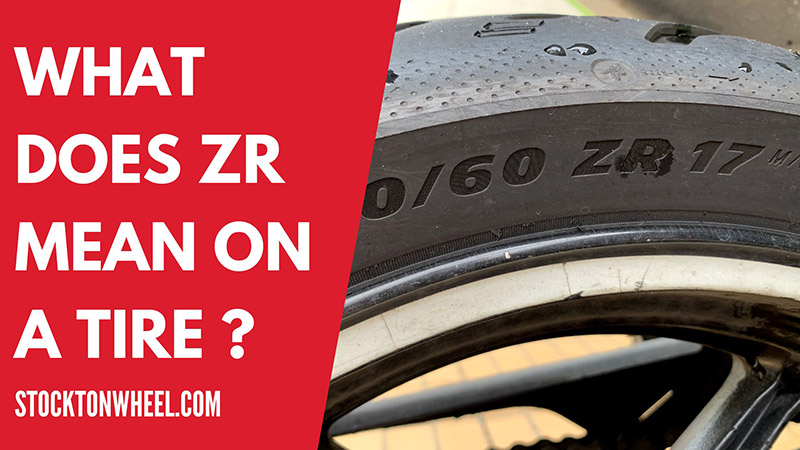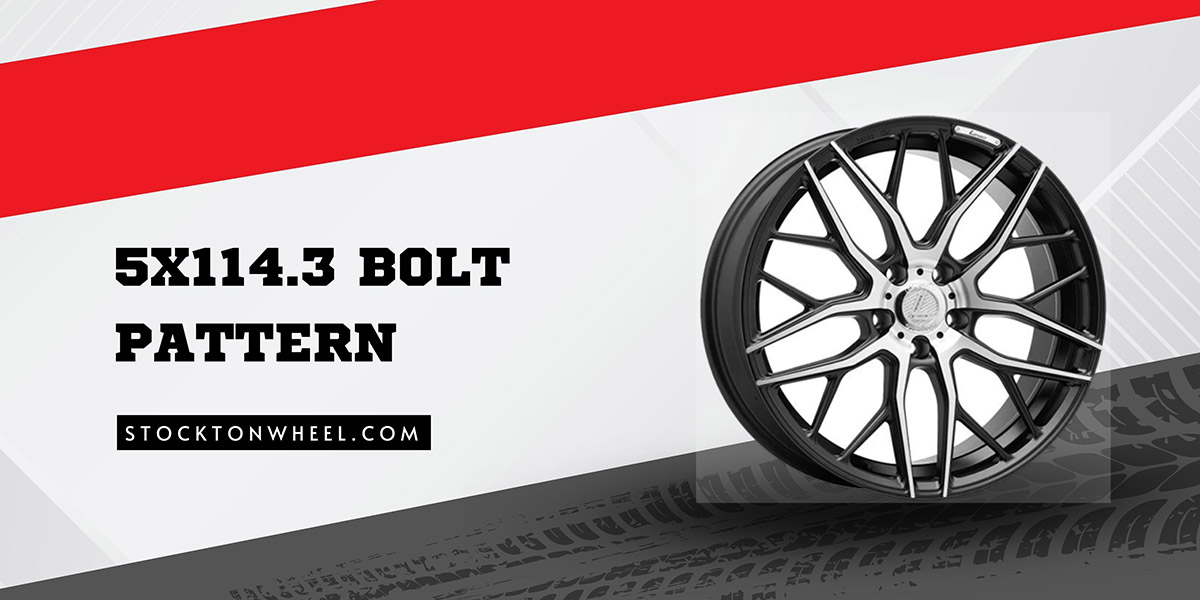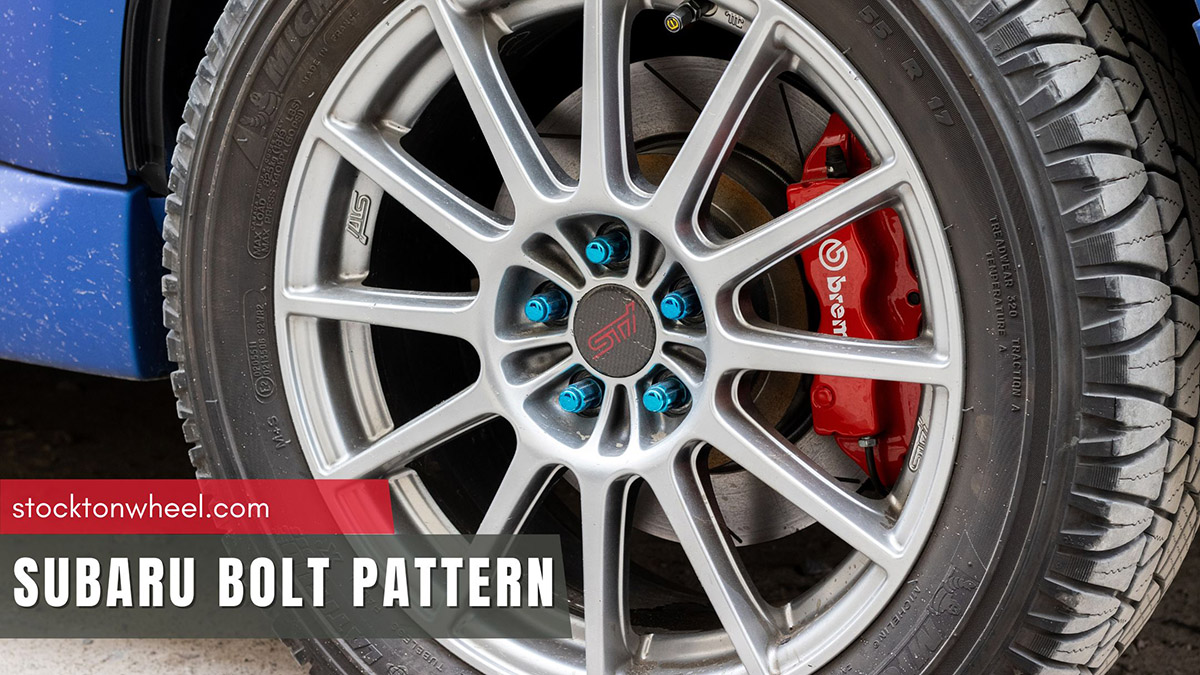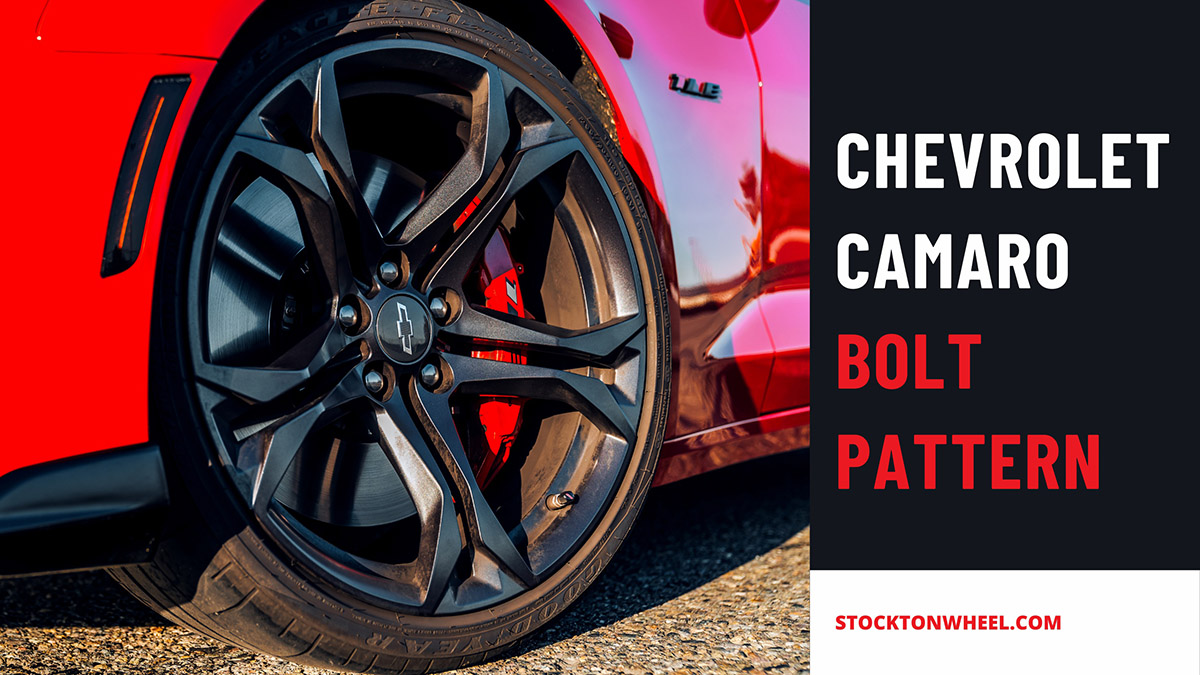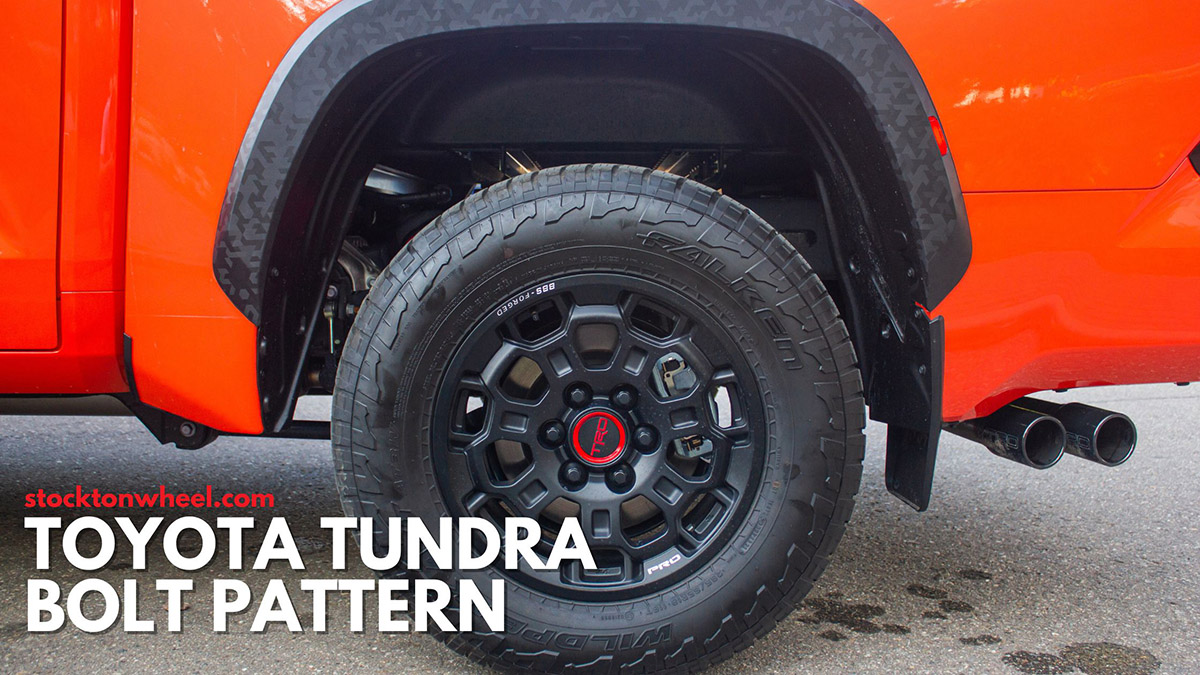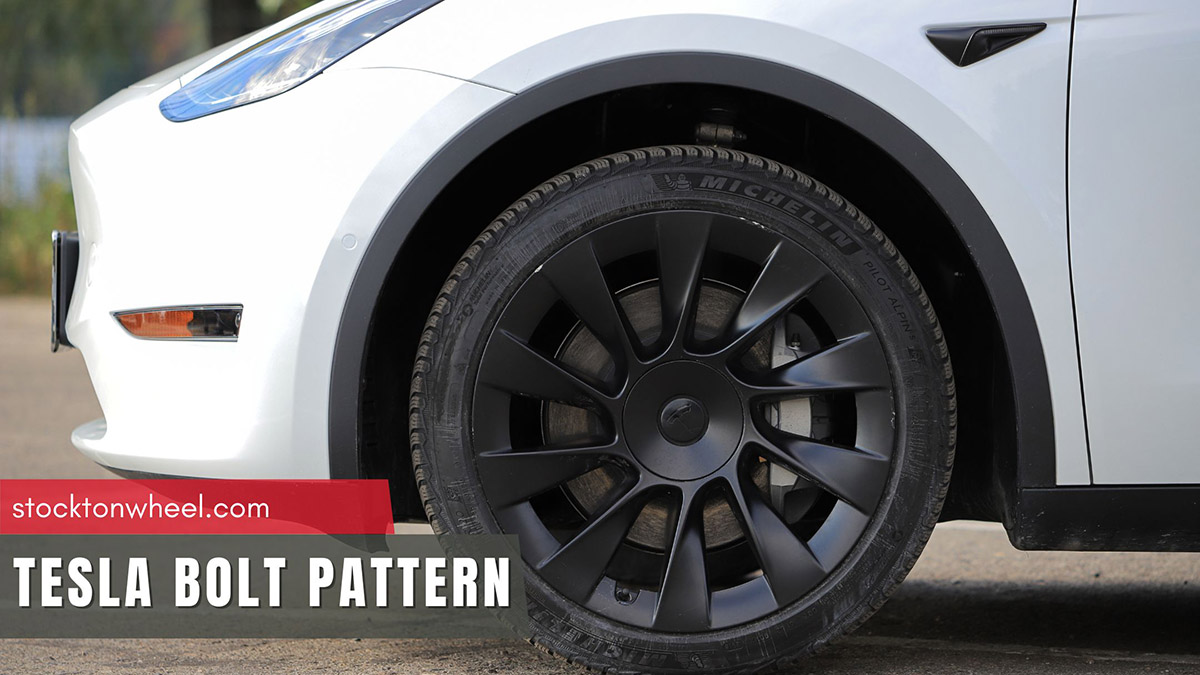Car tires often arrive with a string of numbers and a combination of letters, which indicate either their design structure or performance and ratings. ZR marks are one such example, which baffles beginners due to their seemingly overlapped message with R tires.
Keep scrolling to learn what ZR means and whether there is a difference between R and ZR tires.
In this article:
What Does ZR Mean On A Tire?
This couple of letters is an abbreviation for “Z-Speed Ratings.”
For your information, “speed ratings” indicate the highest speed at which tires can operate safely. As such, “ZR” denotes that these tires can achieve/ exceed 149 MPH (miles per hour) in ideal conditions.
“ZR” tires are produced for transportation models with huge demands for high-speed stability and traction. They typically feature more specialized tread designs and advanced construction substances that bring about optimal responsiveness, allowing you to maximize the car’s steering system.
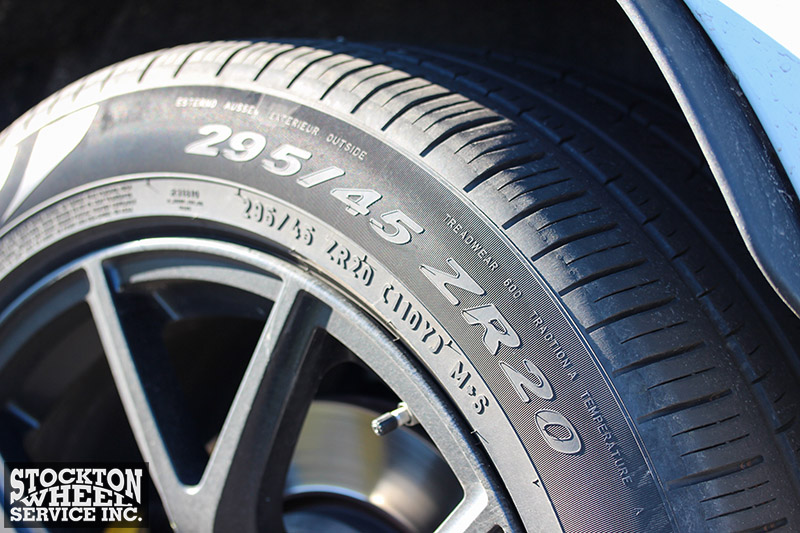
There is one important note, however: the “ZR” mark is mostly common for older vehicle handbooks and tires. These ratings have become much rarer for modern-day tires, now categorized into Y, W, and V ratings instead:
- V = 149 MPH or 240 KMPH
- W = 168 MPH or 270 KMPH
- Y = 186 MPH or 300 KMPH
What Are The Benefits of ZR Tires?
ZR tires are recognized for these major advantages:
- Built For Performance Driving and High Speeds: As previously mentioned, Z-rating tires can reach at least 149 MPH or 240 KMPH.
Sports drivers benefit tons from them, as these tires can boost the overall ratings within seconds and help drivers widen the gap with their competitors. The strong, exhilarating wind against the face is another bonus.
- Enhanced Handling and Traction: ZR tires do not just prioritize speed; handling and traction are also kept in mind.
The aggressive tread patterns lend the car outstanding levels of grip, especially during quick acceleration or high-speed cornering. And their stiffer tire sidewalls are a bonus, boosting handling response.
With such competitive edges, ZR tires are strongly recommended for:
- High-Performance/Racing Cars: Competitive races warrant extra speed and power to stay safe while still leaving racers in the dust. With ZR tires, all these demands will be fulfilled.
- Rugged Roads/ Roads with Curves: People living near rugged or curvy roads will appreciate ZR tires’ incredible versatility and stability. Aided by their impressive grip and traction, your car can navigate different turns and twists with confidence.
ZR vs R Tires: Are They Different? Which Is Better?
Beginners often use them interchangeably. However, these two markings are far from identical.
1. What’s The Difference Between R and ZR On Tires?
Tire Speed Rating (ZR Wins)
ZR, as indicated above, has a speed rating of at least 149 MPH. Meanwhile, R has two different meanings:
- Radial tires/ radial construction (with their ply cords radiating outwards at angles of 90 degrees to the tread’s centerline)
- Top speed limitation of 106 MPH, according to the speed rating chart.
In both scenarios, R tires lag behind ZR in speed ratings.
Durability (R Wins)
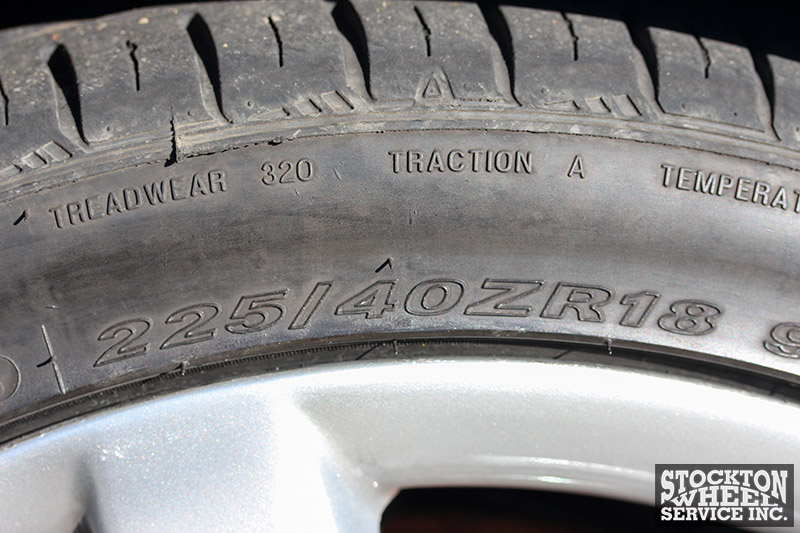
R’s durability is miles ahead of ZR’s. After all, ZR tires are mostly designed to increase speed rates, which, in turn, sacrifices their overall lifespan. Their total mileage lands somewhere around 48,000 miles.
On the contrary, R tires prioritize durability over speed, and hence, last much longer. They easily cover 65,000 miles at maximum.
Suitability (No Comparison)
This round has no spelled-out winner or loser; it all boils down to your specific demands.
ZR tires are speed-oriented, going well with racing or sporty cars whose speed ratings must be put above all else – including tires’ durability.
R tires, while unsuitable for performance cars, are still a great match for numerous vehicle models during regular driving. Both light trucks and heavy vehicles may work well with R tires – guaranteed that the other features of these cars are also compatible.
Cold Condition Compatibility (R Wins)
ZR hoops are notoriously unsuited to cold extremes; their harder rubber compounds tend to get extremely dense, robbing the tires of their performance. You’ll find them running much smoother in warmer weather.
On the contrary, R wheels are a delight in colder conditions. Their radial construction and robust internal compartments give them unbeatable protective layers, maintaining peak performance even in the toughest environments.
Load Capacity (R Wins)
R-rated tires work well for passenger vehicles. They move relatively slowly with little rotation, ensuring all passengers encounter no danger.
Meanwhile, ZRs might not be the greatest choice for extra loads and cargo (though there are still exceptions) – since it pools a major focus on speed.
Long story short: ZR is the best choice if you want to deliver goods/ carry passengers to their destinations in record time. But if safety and maintenance are put above all else (and they should be), R tires are unbeatable.
2. Which Is The Better Type of Tires?
The results are clear: R might fall short in maximum speed capability but excel in almost every other aspect. Hence, I installed ZR high-performance tires for my sports car (GT Racing) and R tires for my regular car.
Do All Four Tires Have To Share The Same Speed Rating?
Yes, that is the safest scenario. Performance tires with similar speed ratings ensure the car’s consistent handling and keep slipping/skidding accidents at bay.
If you have no choice but to mount tires with different ratings, I suggest putting the lower-rating ones on the car’s front axle. That way, you will encounter fewer chances of over-steering conditions.
Are ZR-Rated Tire Sizes Good For Winter?
No, as indicated in the ZR and R comparison above. Their specialized rubbers get so hard and stiff in cold driving conditions that professional drivers constantly compare them to hockey punks. They are much better in summer or warm climates.
Conclusion
With their impressive speed ratings, ZR tires are a delight in car racing and competitions.
Bear in mind that ZR markings are equivalent to Y, W, and V, as all can achieve or exceed 149 MPH. Do not confuse them with R tires, as they are vastly distinct in maximum speed ratings, durability, load capacity, and design intents.
If you still have more questions, feel free to reach out to me or your tire manufacturer.
See more:

